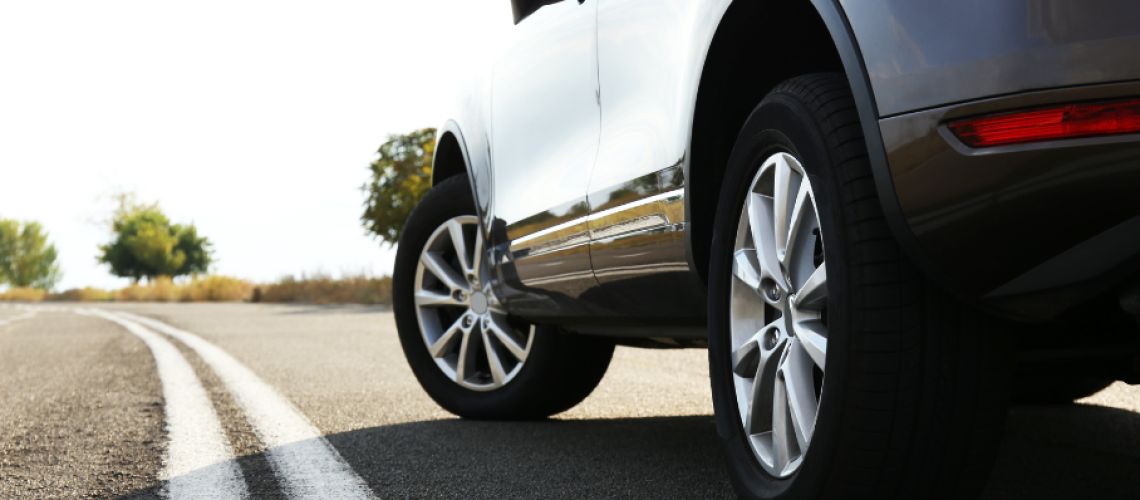The 2024 Spring Budget confirmed that full expensing for capital allowances will be permanent. But what does this mean for you?
I had a client ask me this recently, so I decided to write a blog on the subject. Since these changes could significantly impact your business’s financial planning and tax obligations, here is a simplified guide on capital allowances.
Choosing how to finance your assets
How you finance equipment and assets can affect the tax relief you get. Whilst tax relief shouldn’t be the only reason you invest in new assets, it’s an important aspect that you can control through your financing choices. For example, paying for assets outright is an option if your business has money in the bank. However, if you don’t, opting for finance can help smooth out your cash flow and make buying new assets easier.
It’s also important to note that the tax relief you can claim varies based on several factors:
- the type of assets you’re investing in,
- the financing method you choose, and;
- whether your business is a limited company or an unincorporated body.
Also, if your business is VAT registered, you’ll need to consider VAT relief.
Like a lot of tax things, this can get complicated(!), and this is a simplified explanation – so before you spend money, you might want to get bespoke advice.
Need help with maximising your tax relief? Get in touch with us at [email protected].
What tax relief can you claim?
Due to the UK’s quirky tax law, capital expenditure is not directly deducted in calculating profits for tax purposes – capital allowances are claimed instead. For most businesses, the amount claimable as capital allowances will be the same as actual expenditure, but there are exceptions.
For example, through the Annual Investment Allowance (AIA), you can claim up to £1 million each year as capital allowances for spending on plant and machinery (except cars). This spending gets 100% relief. If you spend more than £ 1 million, however, the extra goes into either a 6% or 18% capital allowances pool (depending on the type of asset), attracting a writing-down allowance at the appropriate rate.
A few notes about tax relief:
- Full-expensing, which allows for 100% tax relief in the first year on plant and machinery, is only available to limited companies, not to unincorporated businesses.
- Full-expensing gives 100% first-year tax relief on plant and machinery, and cars and long-life assets get 50%.
- Unincorporated businesses like sole traders and partnerships can use AIA (annual investment allowances) to get 100% tax relief in the first year on plant and machinery investments up to £1million.
- It’s important to note that cars are not plant and machinery.
Types of lease or funding
The source of funding can affect your ability to claim capital allowances or VAT. The key tax difference is generally whether there is an option to transfer ownership. This focuses on the real nature of the transaction, and HMRC will consider who has true ownership of the asset.
- Simple loan finance – a simple loan means that you buy the asset and get a separate loan to pay for it. The ownership rights transfer to you on purchase. This means that you can claim capital allowances based on the date of purchase, as shown on the invoice. You can also claim VAT, except in certain cases, like with cars.
- Lease purchase or hire purchase lease – these are leases with an option to purchase, normally at the end of the initial finance period, for a nominal sum. Under this sort of lease, the asset is treated as if it had been purchased at the outset by the lessee – meaning you can get capital allowances and can claim the VAT (unless there is a VAT restriction) based on the date of the initial invoice.
- Operating lease – these leases might have an option to purchase at the end of the initial finance period, but usually for a significant amount, known as a balloon payment. In these cases, the taxman doesn’t consider you as the owner for tax purposes, so you can’t claim capital allowances.
However, you can get tax relief on each lease payment you make. You can also claim back the VAT included in each payment, although there may be some restrictions. If you decide to make the balloon payment to buy the asset, that final payment is treated as your capital expenditure for tax purposes.
Some leases have no option to purchase; they are just a means of renting the asset. Short leases of up to 5 years without an option to purchase are just rental payments under tax law. No capital allowances are due on this sort of lease. Each payment is just a cost and qualifies for tax relief and VAT relief as paid (again, subject to any VAT restrictions).
- Long leases – a long lease is defined as being longer than 7 years. Although for some leases, it only has to be longer than 5 years. HMRC rules are that the lessee can claim capital allowances and input VAT on the asset based on the date of the initial invoice. Note the accounting standards often mean that this is a complex ‘present value’ type calculation.
Seize tax advantages with smart asset planning
The 2024 Spring Budget has made full expensing a permanent feature, presenting a great chance to match your asset-buying plans with the new tax guidelines. It’s crucial to think about the tax breaks and VAT benefits you could get, but they should also make sense for your broader business goals.
If you are looking for advice on how to structure an asset purchase, then maybe you would like some help from us. Get in touch with us at [email protected], and we´d be happy to discuss your needs and provide our expertise.
If you want to work it out yourself, please make sure to consider your cash flow and finance, potential tax relief through capital allowances or expense payments, and the extent of VAT you can reclaim.







